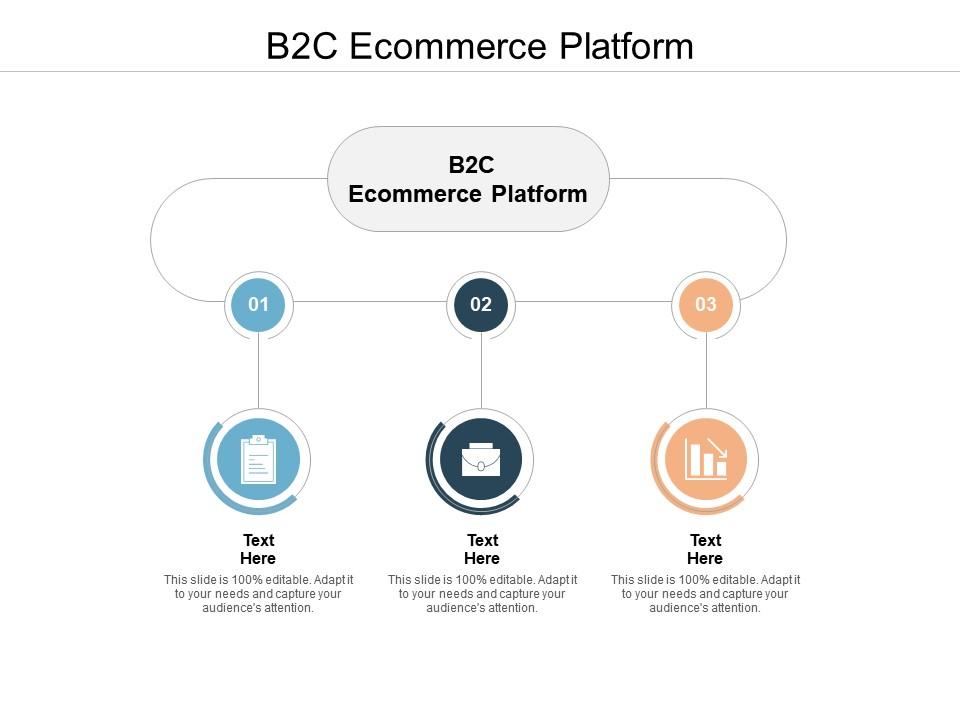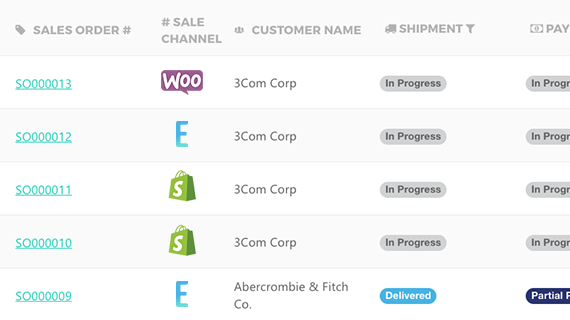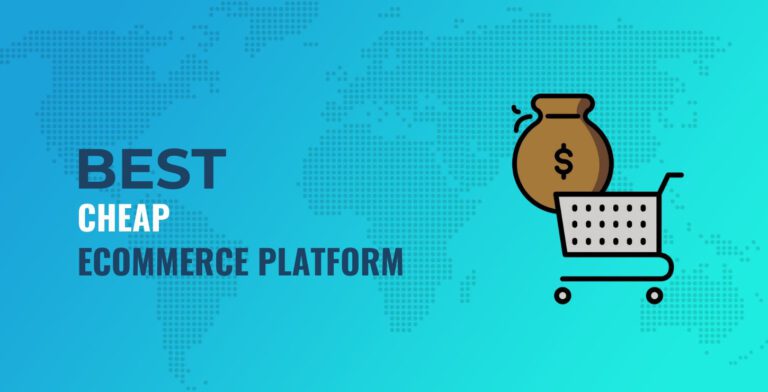B2C Ecommerce Platform: Boost Your Sales with Proven Strategies
A B2C Ecommerce platform enables businesses to sell products directly to consumers online. It streamlines the buying process for both parties.
B2C Ecommerce platforms have revolutionized the retail industry. They offer a seamless, user-friendly experience for customers. Businesses benefit from increased reach and reduced operational costs. These platforms typically feature intuitive interfaces, secure payment gateways, and robust customer support. They also provide valuable data analytics for business insights.
Popular examples include Amazon, eBay, and Shopify. By leveraging these platforms, businesses can efficiently manage inventory, marketing, and sales. This leads to enhanced customer satisfaction and brand loyalty. In today’s digital age, a B2C Ecommerce platform is essential for any business looking to thrive online.

Credit: www.linkedin.com
Introduction To B2c Ecommerce
Business-to-Consumer (B2C) ecommerce platforms have revolutionized the shopping experience. Shoppers now buy products online with a few clicks. This transformation offers convenience, variety, and better pricing.
What Is B2c?
B2C stands for Business-to-Consumer. It refers to businesses selling directly to consumers. This model is common in online retail. Consumers visit ecommerce websites, browse products, and make purchases. Examples include Amazon, Walmart, and eBay.
Importance Of Ecommerce Platforms
Ecommerce platforms are crucial for B2C businesses. They provide a digital space for selling products. Key features include:
- Product Listings: Display products with descriptions and images.
- Shopping Cart: Allow consumers to add multiple items.
- Payment Gateways: Secure transactions for various payment methods.
- Order Management: Track and process orders efficiently.
The right ecommerce platform enhances the customer experience. It also helps businesses grow and reach a wider audience.
Comparison Of Popular B2c Ecommerce Platforms
| Platform | Features | Pricing |
|---|---|---|
| Shopify | Easy to use, custom themes, app integrations | Starts at $29/month |
| WooCommerce | Customizable, open-source, WordPress integration | Free, with paid extensions |
| BigCommerce | Scalable, SEO-friendly, multi-channel selling | Starts at $29.95/month |
Choosing The Right Platform
Choosing the right B2C ecommerce platform is crucial for your business. The right platform can boost sales and enhance customer experience. Here’s what you need to know.
Key Features To Look For
When selecting a platform, certain features are essential. These features ensure smooth operations and customer satisfaction.
- User-Friendly Interface: A simple, intuitive interface attracts more customers.
- Mobile Compatibility: Ensure the platform works well on smartphones and tablets.
- Security: Protect customer data with strong security measures.
- Payment Options: Offer multiple payment methods for convenience.
- Scalability: The platform should grow with your business.
Popular B2c Platforms
Here are some popular B2C ecommerce platforms to consider:
| Platform | Key Features |
|---|---|
| Shopify |
|
| WooCommerce |
|
| BigCommerce |
|
Choose a platform that aligns with your business needs. Invest time in research before making a decision.
Optimizing User Experience
Enhancing the user experience on your B2C ecommerce platform is crucial. A seamless and enjoyable experience can lead to higher conversion rates. It also fosters customer loyalty. Let’s explore some key aspects.
Website Design Tips
Good design is the backbone of a successful ecommerce site. Focus on these elements:
- Navigation: Ensure easy and intuitive navigation.
- Layout: Use a clean and organized layout.
- Loading Speed: Optimize images and code for faster loading times.
- Color Scheme: Choose a color scheme that aligns with your brand.
- Typography: Use readable fonts and appropriate sizes.
Mobile Responsiveness
With the rise of mobile shopping, your site must be mobile-friendly. Here are some tips:
- Responsive Design: Implement a responsive design to adapt to all devices.
- Touch-Friendly: Ensure buttons and links are touch-friendly.
- Fast Loading: Optimize mobile site speed.
- Mobile Checkout: Simplify the mobile checkout process.
- Testing: Regularly test your site on various mobile devices.
Consider the following table for a quick summary of essential elements:
| Element | Desktop | Mobile |
|---|---|---|
| Navigation | Menu Bar | Hamburger Menu |
| Layout | Detailed Layout | Simplified Layout |
| Loading Speed | Optimized Images | Optimized Code |
| Checkout Process | Multi-Step | Single-Step |
Effective Marketing Strategies
Effective marketing strategies are crucial for any B2C ecommerce platform. They help attract customers, increase sales, and build brand loyalty. In this section, we will explore some key strategies to elevate your ecommerce business.
Seo Best Practices
Search Engine Optimization (SEO) is a vital part of your marketing strategy. It helps your website rank higher in search results. Here are some essential SEO best practices:
- Keyword Research: Identify keywords relevant to your products.
- Quality Content: Create informative and engaging content.
- Meta Tags: Use descriptive meta titles and descriptions.
- Mobile Optimization: Ensure your site is mobile-friendly.
- Page Speed: Improve your website’s loading speed.
Social Media Integration
Integrating social media with your ecommerce platform can drive traffic and sales. Here are some effective strategies:
- Shareable Content: Create content that is easy to share.
- Social Proof: Showcase customer reviews and testimonials.
- Engagement: Respond to comments and messages promptly.
- Promotions: Run exclusive deals and offers on social media.
- Analytics: Use social media analytics to track performance.
Enhancing Product Listings
Enhancing product listings can significantly boost your B2C ecommerce platform. Improved listings attract more customers and increase sales. Let’s explore two key areas: writing compelling descriptions and using high-quality images.
Writing Compelling Descriptions
Writing compelling descriptions helps in grabbing customer attention. Use clear and simple language. Highlight the unique features of the product. Include important details like size, color, and material.
- Use short sentences: Keep it easy to read.
- Highlight benefits: Tell customers how the product helps them.
- Use bullet points: Make information easy to scan.
Include keywords that customers search for. This improves your search engine ranking. Make sure the description is honest and accurate. Avoid using jargon and technical terms. A clear and engaging description can make a big difference.
High-quality Images
High-quality images are crucial for product listings. They give customers a clear view of the product. Use high-resolution images to show every detail.
- Multiple angles: Show the product from different views.
- Zoom feature: Allow customers to see close-up details.
- Consistent style: Use a similar background for all images.
Ensure images are clear and well-lit. Avoid using stock photos. Real photos build trust with customers. Use lifestyle images to show the product in use. This helps customers imagine using the product.
| Feature | Benefit |
|---|---|
| Clear Descriptions | Increases understanding of the product |
| High-Quality Images | Builds trust and confidence |
| Multiple Angles | Provides a comprehensive view |
Leveraging Customer Reviews
Customer reviews are a powerful tool for any B2C Ecommerce platform. They can boost credibility, improve SEO, and drive sales. Leveraging customer reviews effectively can transform your business.
Encouraging Reviews
Encouraging customer reviews can significantly impact your sales. Follow these steps to get more reviews:
- Send a follow-up email after purchase, asking for feedback.
- Offer small incentives, like discounts, for leaving reviews.
- Make it easy for customers to leave reviews on your site.
Here’s an example of a follow-up email:
Subject: How Was Your Recent Purchase?
Hi [Customer Name],
Thank you for shopping with us! We would love to hear your feedback.
Please take a moment to leave a review: [Review Link]
As a thank you, enjoy 10% off your next purchase!
Best,
[Your Company Name]
Managing Negative Feedback
Negative feedback can be a chance to improve and show your commitment to customers. Managing it well can turn unhappy customers into loyal fans.
| Step | Action |
|---|---|
| 1 | Acknowledge the issue promptly. |
| 2 | Apologize sincerely and offer a solution. |
| 3 | Follow up to ensure the issue is resolved. |
Use this template for responding to negative feedback:
Hi [Customer Name],
We apologize for your experience. We are here to help.
Please contact us at [Contact Information] to resolve this issue.
Thank you,
[Your Company Name]
By leveraging customer reviews effectively, you can build trust and improve sales on your B2C Ecommerce platform. Start today by encouraging reviews and managing feedback.
Streamlining Checkout Process
An efficient checkout process is vital for any B2C ecommerce platform. A smooth and quick checkout can significantly enhance user experience. It can also reduce cart abandonment rates. Let’s explore how to streamline the checkout process with a focus on simplifying payment options and ensuring security.
Simplifying Payment Options
Offering diverse payment options can make the checkout process easier. Customers prefer having multiple choices. Here are some essential payment options:
- Credit and Debit Cards – The most common payment method.
- Digital Wallets – Options like PayPal, Apple Pay, and Google Wallet.
- Bank Transfers – Direct bank payments for added security.
- Buy Now, Pay Later – Services like Afterpay or Klarna.
Ensure the payment options are easy to find and use. Display logos of accepted payment methods clearly. This helps build trust and confidence.
Ensuring Security
Security is crucial for any ecommerce platform. Customers need to feel their data is safe. Here are some key security measures:
- SSL Certificates – Encrypts data between the server and browser.
- PCI Compliance – Follow the Payment Card Industry Data Security Standard.
- Two-Factor Authentication – Adds an extra layer of security.
- Fraud Detection – Use tools to monitor and prevent fraud.
Display security badges prominently on the checkout page. This reassures customers that their information is protected.
| Security Measure | Description |
|---|---|
| SSL Certificates | Encrypts data between the server and browser. |
| PCI Compliance | Follows the Payment Card Industry Data Security Standard. |
| Two-Factor Authentication | Adds an extra layer of security. |
| Fraud Detection | Monitors and prevents fraud. |
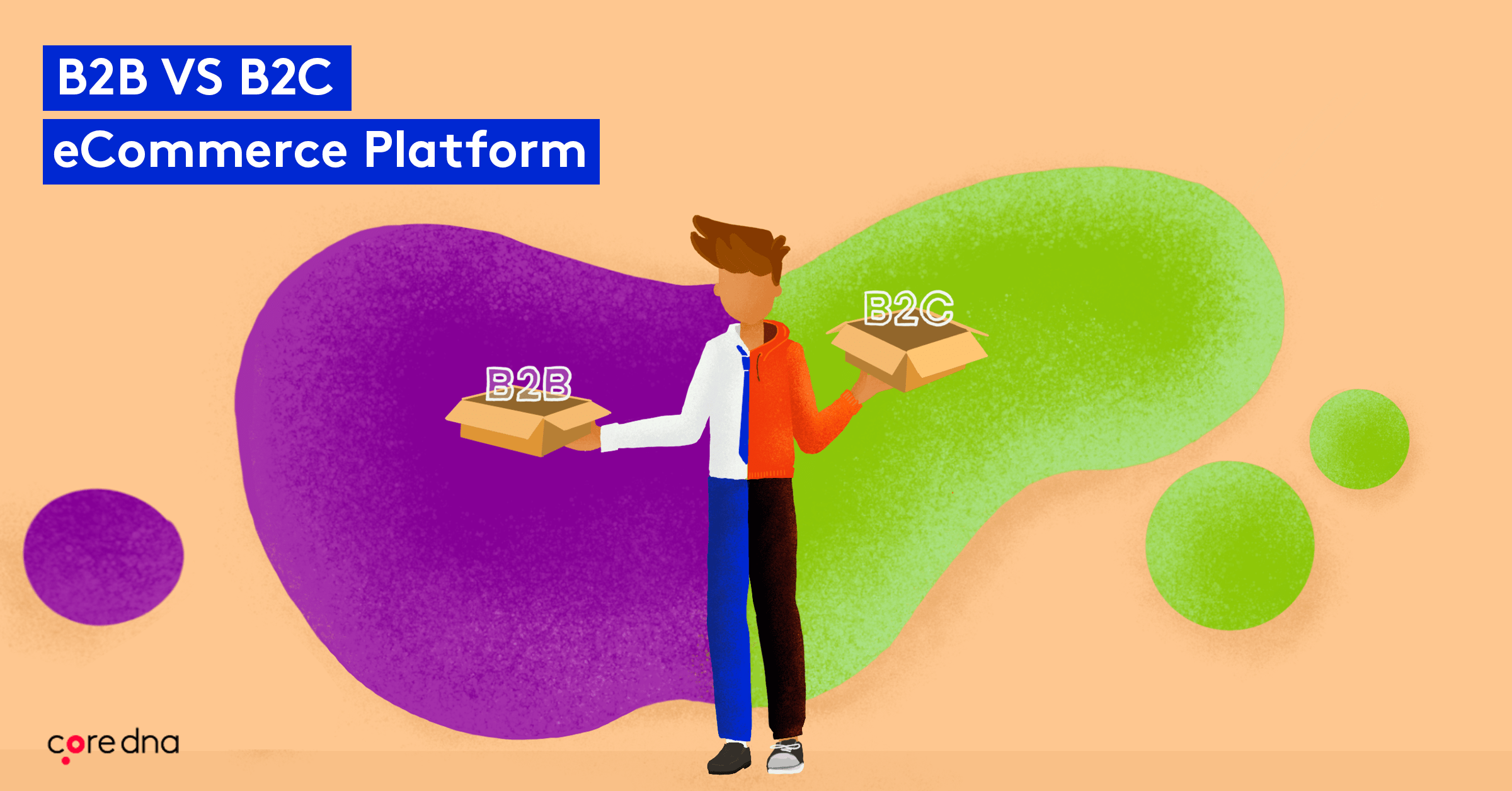
Credit: www.coredna.com
Utilizing Analytics And Data
Understanding how your customers interact with your B2C ecommerce platform is crucial. By utilizing analytics and data, you can make informed decisions. This can help boost sales and improve customer satisfaction.
Tracking Sales Performance
Tracking sales performance is essential for your ecommerce success. Use analytics tools to monitor your sales data. This can include:
- Number of products sold
- Revenue generated
- Average order value
Analyze this data regularly to identify trends. Recognize which products are performing well. Understand which products need more attention. Use this data to adjust your marketing strategies.
Customer Behavior Insights
Gaining insights into customer behavior can transform your business. Customer behavior data includes:
- Browsing patterns
- Purchase history
- Time spent on site
With these insights, personalize your marketing efforts. Tailor your product recommendations. Improve the overall shopping experience. This can lead to higher customer retention rates.
| Metric | Description | Benefit |
|---|---|---|
| Sales Data | Tracks product sales | Helps adjust marketing strategies |
| Browsing Patterns | Monitors customer navigation | Improves site layout |
| Purchase History | Records past purchases | Personalizes recommendations |
To maximize your ecommerce platform’s potential, leverage these analytics. This will help you stay ahead in the competitive B2C market.
Building Customer Loyalty
In the world of B2C ecommerce, customer loyalty is key to success. Loyal customers not only return for more purchases but also spread positive word-of-mouth. Let’s explore how to build customer loyalty effectively.
Loyalty Programs
Loyalty programs reward customers for repeat purchases. These programs can include points systems, tiered rewards, or exclusive discounts. The aim is to make customers feel valued and appreciated.
| Loyalty Program Type | Description | Example |
|---|---|---|
| Points System | Earn points for every purchase | 10 points for every $1 spent |
| Tiered Rewards | Unlock rewards at different levels | Bronze, Silver, Gold tiers |
| Exclusive Discounts | Special deals for members | 20% off for loyalty members |
Personalized Offers
Personalized offers tailor deals to individual customers. This makes each customer feel special and understood. Use data like past purchases and browsing history to create these offers.
- Birthday Discounts: Send special offers on the customer’s birthday.
- Purchase History: Recommend products based on past buys.
- Browsing Behavior: Offer deals on items they’ve viewed.
Personalization increases the likelihood of repeat purchases. Customers appreciate the extra effort and feel a stronger connection to your brand.
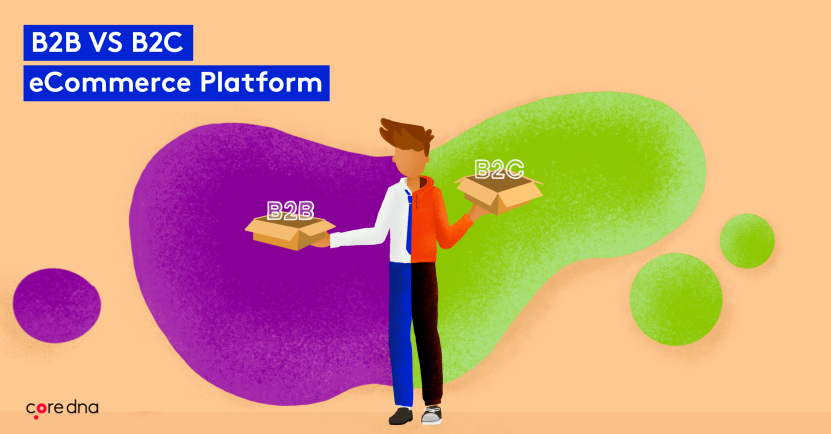
Credit: www.coredna.com
Conclusion And Next Steps
As the world of B2C ecommerce continues to evolve, it’s crucial to stay ahead. To succeed, integrate key strategies and stay updated with future trends. Here’s a comprehensive recap and a glance at what lies ahead.
Recap Of Key Strategies
- User Experience: Ensure your website is user-friendly and mobile-optimized.
- Personalization: Use data to offer personalized recommendations and experiences.
- Omnichannel Presence: Maintain a consistent presence across all channels.
- Customer Support: Provide excellent customer service and support.
- SEO Optimization: Optimize your site for search engines to drive organic traffic.
Future Trends In B2c Ecommerce
Stay ahead by keeping an eye on these emerging trends:
- AI and Machine Learning: Enhance customer experiences with predictive analytics.
- Voice Commerce: Optimize for voice search and voice-activated shopping.
- AR and VR: Use augmented and virtual reality to offer immersive shopping experiences.
- Sustainability: Incorporate eco-friendly practices and products to attract conscious consumers.
- Subscription Models: Offer subscription services for consistent revenue and customer loyalty.
Embrace these strategies and trends to excel in the B2C ecommerce landscape. Keeping up with innovations will ensure your business thrives.
Frequently Asked Questions
What Is A B2c Ecommerce Platform?
A B2C eCommerce platform is a digital marketplace. It allows businesses to sell products directly to consumers online. It includes features like product listings, shopping carts, and payment gateways.
Why Use A B2c Ecommerce Platform?
A B2C eCommerce platform helps businesses reach a wider audience. It offers convenient shopping experiences and can increase sales. It also provides tools for marketing and customer management.
How To Choose A B2c Ecommerce Platform?
Consider factors like ease of use, scalability, and features. Look for security measures and integration options. Evaluate customer support and pricing plans.
What Features Are Essential In B2c Ecommerce?
Essential features include user-friendly design, secure payment processing, and mobile compatibility. Product management and customer support are also important. Marketing tools and analytics are beneficial.
Conclusion
Choosing the right B2C ecommerce platform is essential for business growth. It should offer user-friendly features and secure transactions. With the right platform, you can enhance customer experience and drive sales. Make an informed decision to stay competitive and meet your customers’ needs effectively.
Your success starts with the right ecommerce choice.
